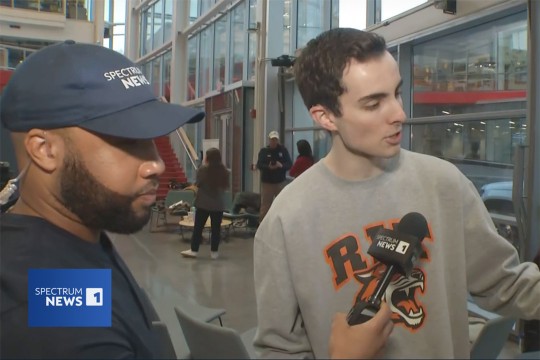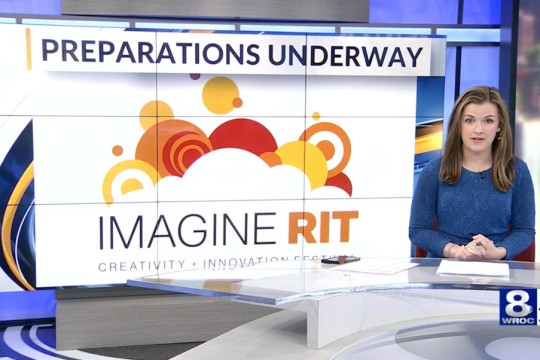Mechanical engineering faculty receive Provost’s Faculty Mentoring Grant
Award will support and enhance ongoing seminar series in the college
Kathleen Lamkin-Kennard and Wayne Walter
W. Somerset Maugham, author of The Razor’s Edge, said: “You learn more quickly under the guidance of experienced teachers. You waste a lot of time going down blind alleys if you have no one to lead you.”
Some of the most experienced teachers in engineering are leading and guiding junior faculty and students through the Graduate Seminar Series in the Department of Mechanical Engineering—featuring weekly presentations that highlight current faculty work and provide mentoring opportunities for both new faculty and students. Organized by professor Wayne Walter, the seminars are also a way to encourage students to pursue advanced degrees and participate in faculty research projects.
Walter and Michael Schrlau, assistant professor of mechanical engineering, recently received a Provost’s Faculty Mentoring Grant to broaden and enhance the series, featuring more multidisciplinary projects by faculty within all departments in the Kate Gleason College of Engineering and inviting external academics and professionals to RIT.
“In the past we’ve operated with little or no budget,” said Walter to an audience of 50 engineering students and faculty at the most recent seminar. “With the grant we can bring in a few professionals from off campus and offer an honorarium. Although we will continue to match students with faculty for projects, the series will facilitate the building of scholarly networks on and off campus and enhance RIT’s reputation for scholarship.”
“This fits in with our match-making efforts,” he added, laughing.
For the faculty, such as recent presenter Kathleen Lamkin-Kennard, the seminar is a way to disseminate information about current research and recruit graduate students who may be interested in participating in one of her ongoing projects, the simulation of microcirculatory phenomena and her studies related to glaucoma.
Lamkin-Kennard focuses on microscale physiological systems, specifically using engineering approaches to understand the movement of cells within tissue, how cells bind to vessel walls, biochemical transport and the implications of these processes on disease. Her work simulates functions taking place in vessels in the human body that are 5 to 50 microns, comparable in size to human hair.
There is a whole cascade of events in the inflammatory response process, she explained, from the movement of white cells toward an infection and eventual binding to the vessel wall. In engineering terms, she said the hydrodynamics associated with the flow through the vessels imposes torques on cells and, when combined with transient biochemical reactions, enables the cells to roll along the vessel walls. In the field of medicine and engineering there is a gap between how engineering principles may be applied to understand what is happening in the body. The microcirculatory studies can be viewed as a fluid dynamics problem, she noted.
“Looking at this from a fluid dynamics perspective, those little vessels can have significant effects on a variety of factors including your blood pressure, how your body fights infection or what happens in disease. In my perspective, this is where all the really cool things in the circulatory system happen.”
By understanding the complex dynamics of these systems, she suggested that new trends in targeted drug-delivery systems could be developed or an improved understanding of the importance of the microcirculation in tissue engineering could be gained—and student-researchers would have faculty such as Lamkin-Kennard to lead the way.















